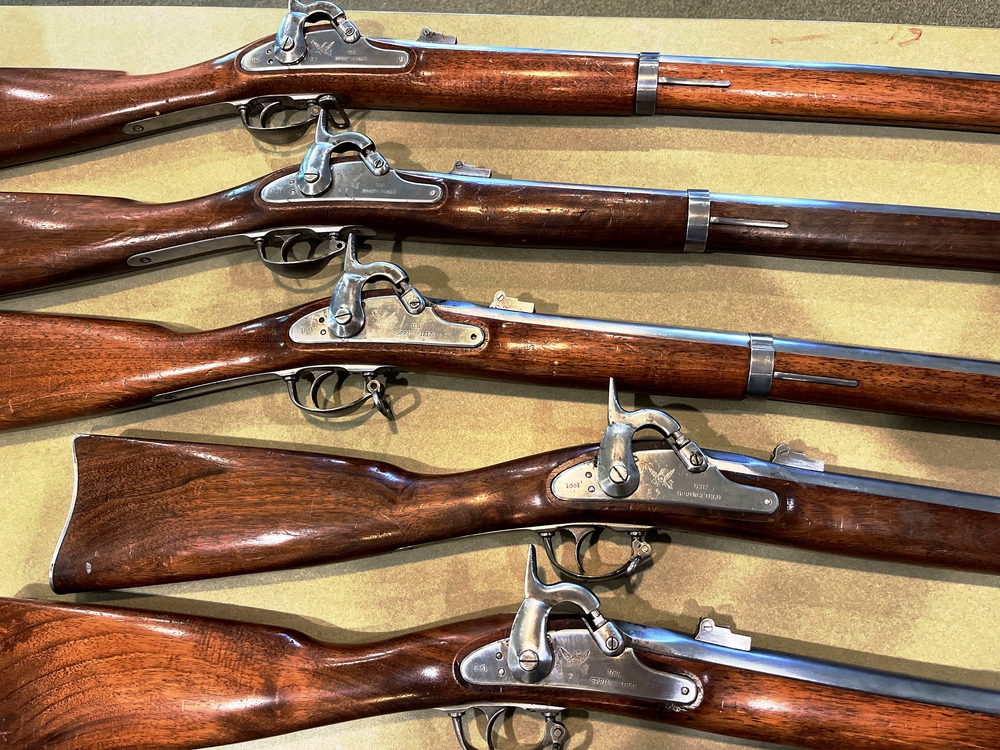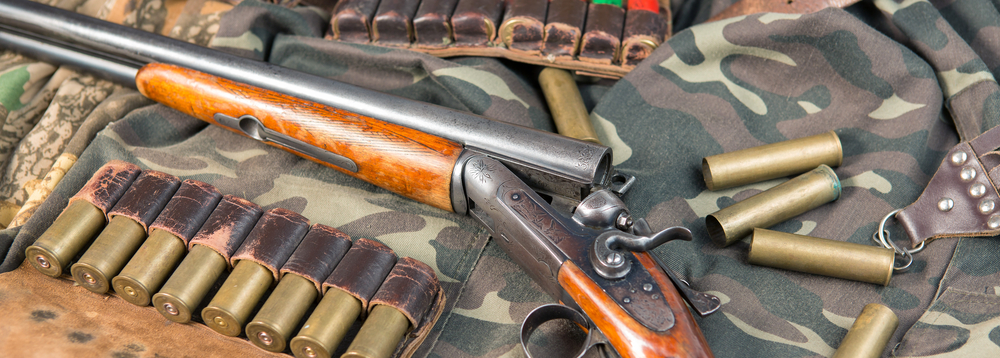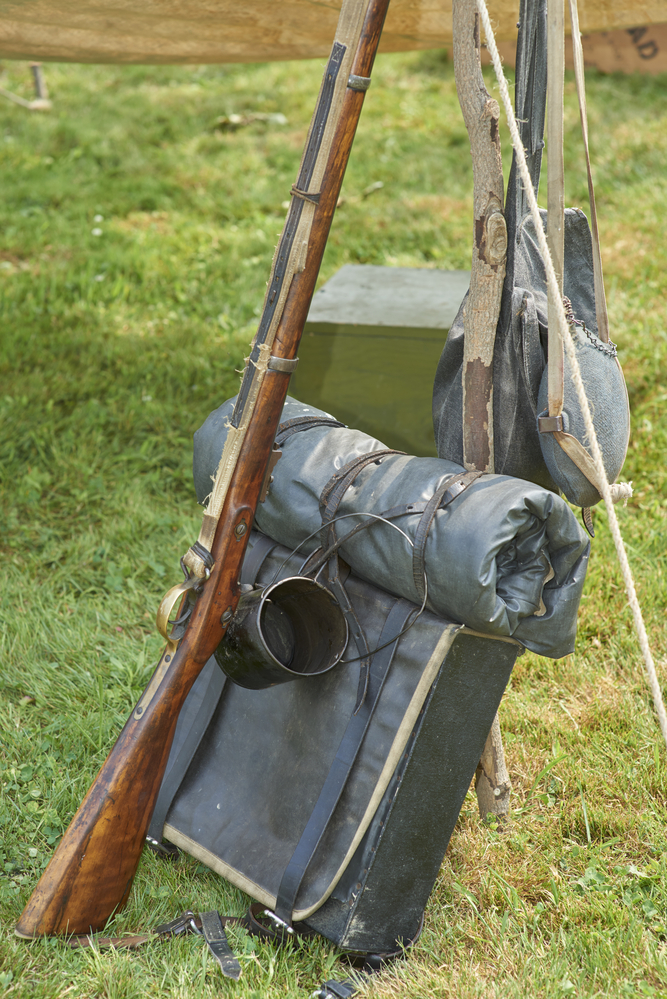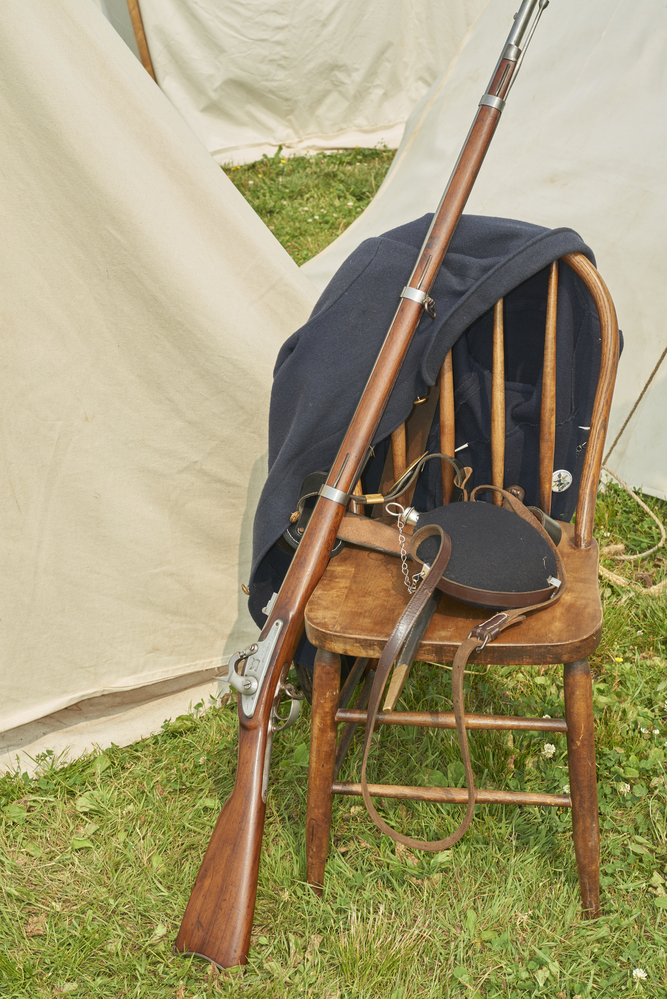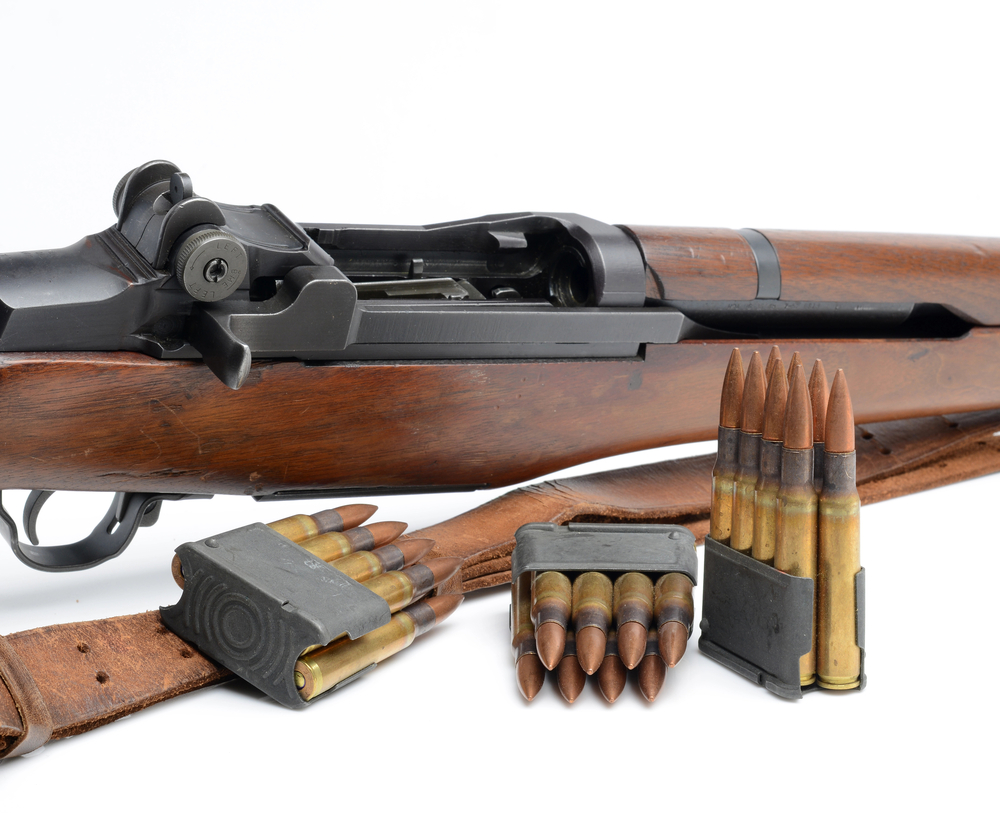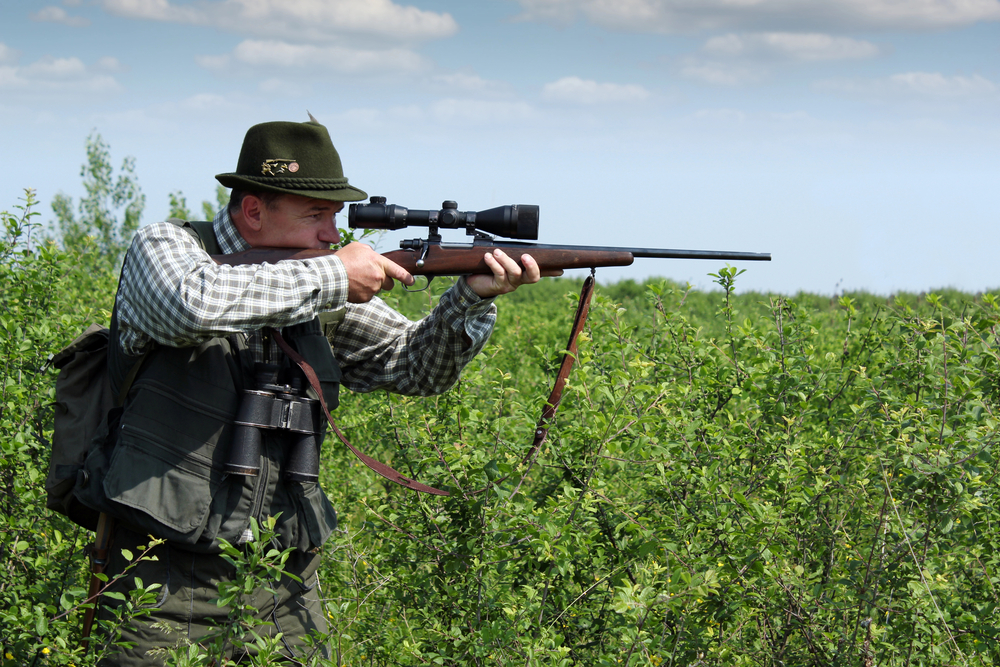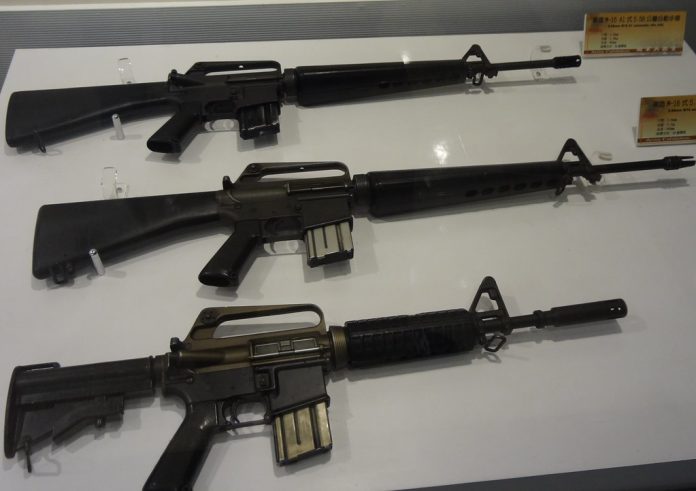
The Battle of Little Bighorn, fought on the rolling hills of Eastern Montana on June 25-26, 1876, remains one of the most dissected engagements in American military history.
Here, Lieutenant Colonel George Armstrong Custer, leading the 7th Cavalry, faced the assembled might of Sioux, Lakota, and Cheyenne warriors. It’s a tale of miscalculation, cultural conflict, and weaponry—a narrative where the Springfield Model 1873 “Trapdoor” rifle emerges not only as a standard issue armament but as a technological misstep in the heat of battle.

At the time of the Indian Wars, the “Trapdoor” rifle was at the forefront of firearm innovation. Transitioning from the muzzle-loading rifles of the Civil War, the Springfield Armory in Massachusetts embarked on producing a series of breech-loading rifles, culminating in the 1873 model, which fired a .45-70 cartridge. This cartridge propelled a 405 grain bullet with an impressive muzzle velocity of 1,350 feet per second—substantial firepower that could potentially turn the tide in any close combat scenario.
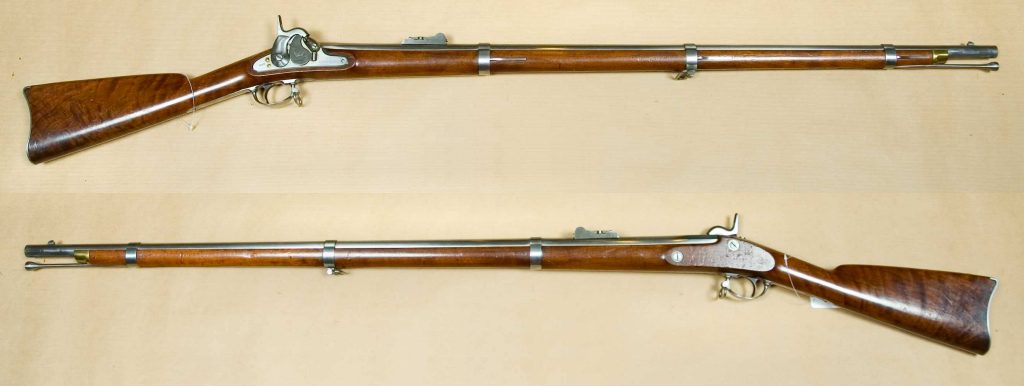
However, inherent design flaws and the choice of ammunition would combine to challenge the rifle’s efficacy. Its single-shot action, requiring the manual loading of each cartridge, was a significant handicap. This drawback was exacerbated by the rifle’s copper cartridges, prone to expanding from the heat of gunfire, causing jams that were laborious and time-consuming to clear—a fatal inconvenience amidst the frenzied pace of battle.

Soldiers at Little Bighorn would testify to the rifle’s power and accuracy, with Brigadier General John Gibbon going so far as to describe the M1873 as “first rate.” Yet, for all its potential, the “Trapdoor” fell short when pitted against the Sioux and Cheyenne’s repeating rifles. “
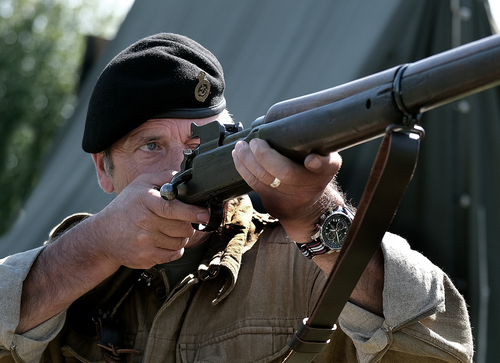
The Springfield could be fired with accuracy up to 300 yards at about 12 to 15 times per minute. But that’s nothing compared to the rapid-fire shooting rate of the Winchester and other lever-action repeating rifles used by tribal warriors in the battle,” as Charlie Steele, an experienced gun dealer, reflects on the fateful day at Little Bighorn.

It wasn’t just the rate of fire that hampered the Springfield.

The rifle’s vulnerability to jams due to the copper cartridges’ heat expansion meant that in the critical moments of the battle, many soldiers were left defenseless, resorting to desperate measures to clear their rifles.
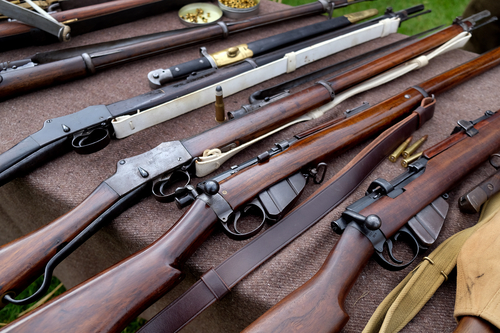
This stark disadvantage was highlighted by Trooper William C. Slaper of Company M, 7th Cavalry, who described the laborious process of clearing jammed rifles and then passing them to comrades on the firing line.

While the Springfield “Trapdoor” rifle was widely produced—with nearly half a million manufactured in its two decades of production—it’s now remembered for its part in a tragic chapter of American military history.
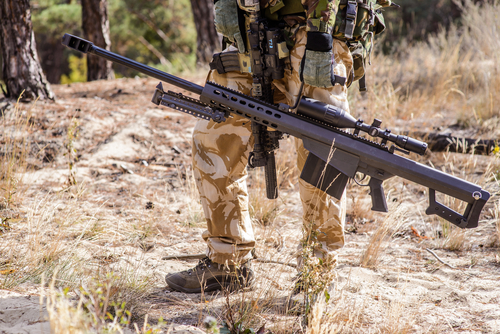
Lieutenant Colonel Custer’s demise, alongside every soldier in his immediate command, would become the stuff of legend, igniting public outrage and immortalizing the Battle of Little Bighorn as a cautionary tale of cultural confrontation and technological inadequacy.
related images you might be interested.
